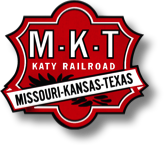Missouri, Kansas Texas Railroad - A Brief History
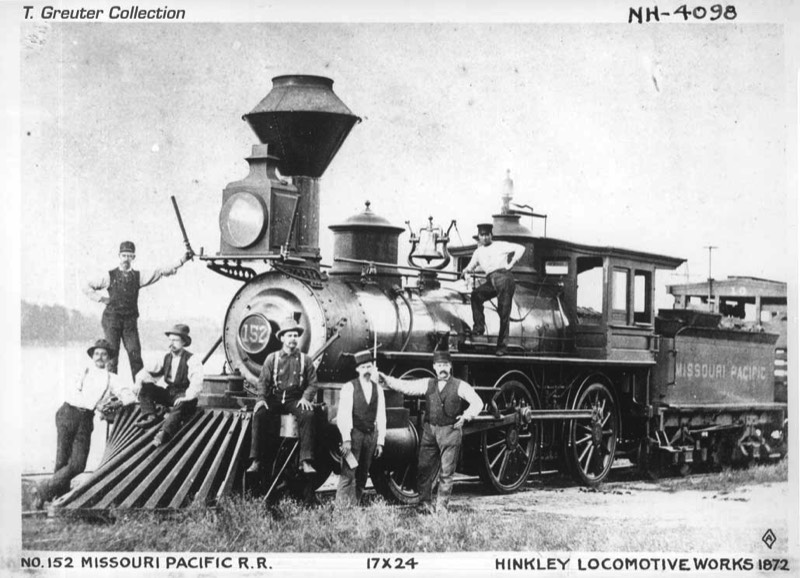
Inception and the Race to the Border
The Missouri Kansas & Texas Railway (MKT, or the "Katy") started as the Union Pacific Railway, Southern Branch, (no corporate connection with the Union Pacific) in 1865. It was incorporated to build a line from Junction City, Kansas to New Orleans through Emporia, Kansas. After receiving a land grant in 1869, the railway company began construction. In 1870 it changed its name to the Missouri, Kansas & Texas Railway and reached the Kansas border at Chetopa. They also acquired the Tebo & Neosho, that went from Sedalia, Mo. to Parsons, Kansas. Also in the 1870's, they reached Denison, Texas, and, through an extension, went from Sedalia to Hannibal, Missouri. Jay Gould took control of the railroad in 1873, because he saw it as a feeder to his Missouri Pacific.
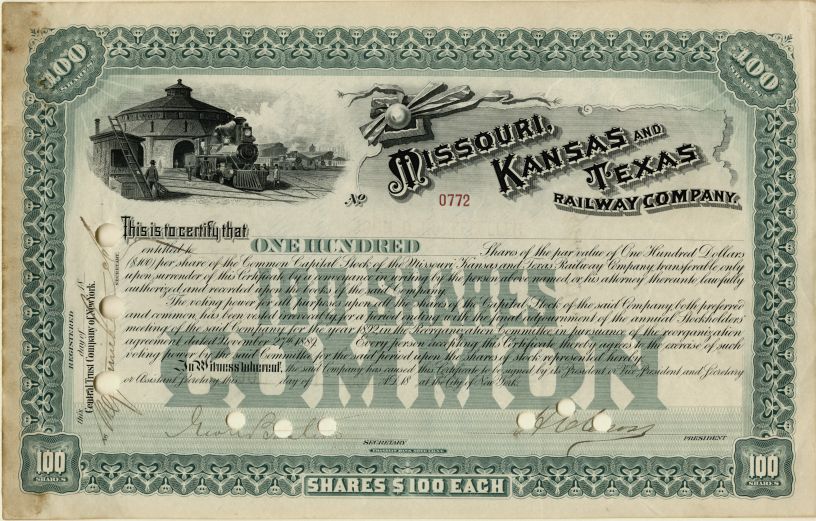
1880s - Made it to Texas!
In 1881, the Katy reached Dallas and, through trackage rights on the Texas & Pacific, reached Fort Worth. Also in 1881, the Katy purchased the International & Great Northern, which belonged to Jay Gould. The two railroads connected at Taylor, Texas in 1882. In 1883 the Katy bought the Galveston & Henderson, which was leased to the I&GN by Gould. In 1886, the MK&T reached Paola, north of Parsons, Kansas, and with trackage rights on the Kansas City, Fort Scott & Gulf reached Kansas City. In 1888, Jay Gould was ousted and the Missouri Pacific's lease was canceled. Control of the I&GN went to the Missouri Pacific in 1888.
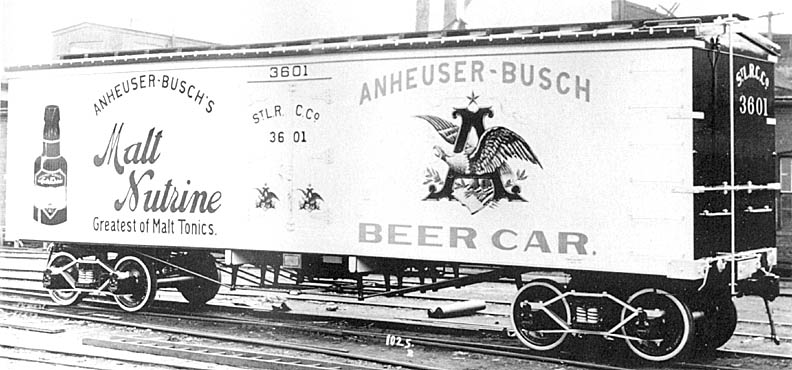
End of the Century - Made it to St. Louis!
In 1886, Texas had passed a law that required all railroads operating in the state to have general offices there. As a result of this law, in 1891 the Missouri, Kansas & Texas of Texas was founded to control all the Texas track. The rest of the 1890's saw the MK&T expand to Houston and St. Louis. In Houston, the MK&T connected with the Galveston, Houston and Henderson Railroad, a short line with 49 percent ownership by the MK&T.
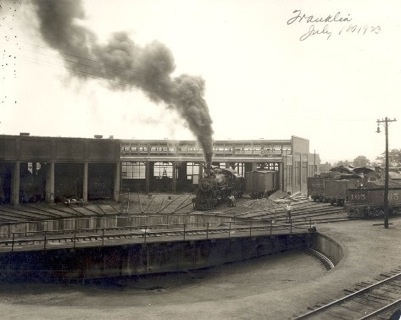
1900s - Expansion and Upgrades
In the early 1900's, the MK&T expanded to Shreveport, Louisiana, San Antonio, Texas, and Tulsa and Oklahoma City, Oklahoma. Then in 1910 the MK&T reached Abilene by acquiring the Texas Central. In 1911, the MK&T acquired the Wichita Falls and Southern and the Wichita Falls and Northwestern. By 1915, the MK&T had a 3865 mile system that went from St. Louis and Kansas City to Galveston and San Antonio north and south and Shreveport to the Oklahoma panhandle east and west.
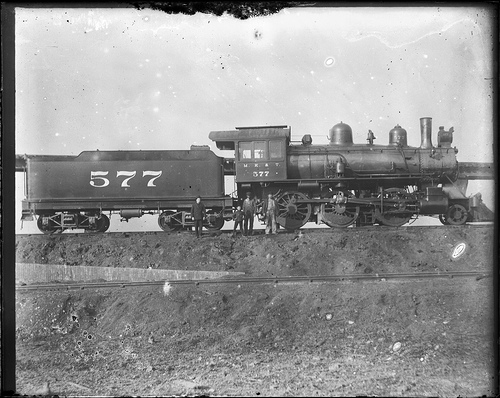
1920s - Smooth Sailing
On July 6, 1922, the MK&T Railway was reorganized as the Missouri-Kansas-Texas Railroad. During the reorganization, the Hannibal line and the Shreveport line were sold, as well as the line to Oklahoma City. Also, as part of the reorganization, the MKT built a new locomotive shop in Bellmead, Texas and a classification yard in Ray, Texas. With well-maintained rights-of-way and an efficient locomotive fleet, the MKT became a very competitive railroad in the 20's.
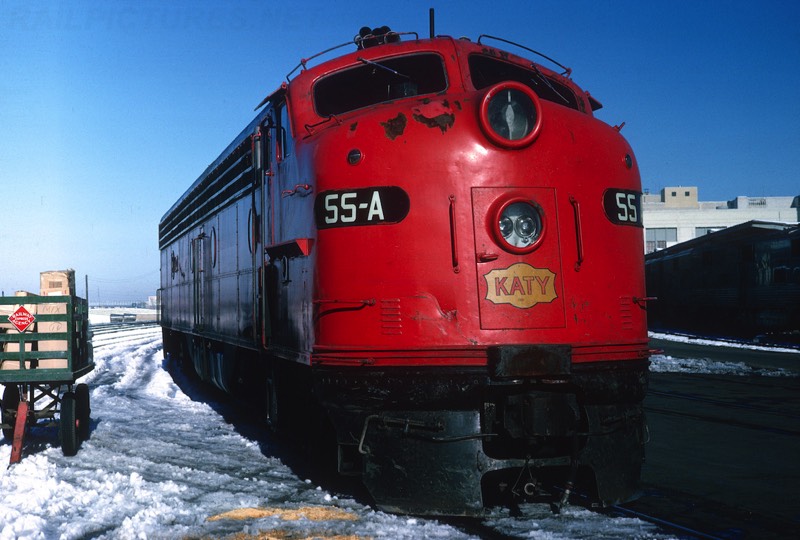
1930s and ‘40s - War Boom and Post-war Decline
In the 1930's and 1940's, the MKT continued to prosper and projected an image of a well-maintained railroad. With the outbreak of World War II, as with most railroads, its traffic increased, especially northbound oil shipments. This new traffic, however, put a strain on the MKT's locomotive fleet, which had not been updated since 1925, and caused a significant track deterioration. After the war, the Katy went into another decline.
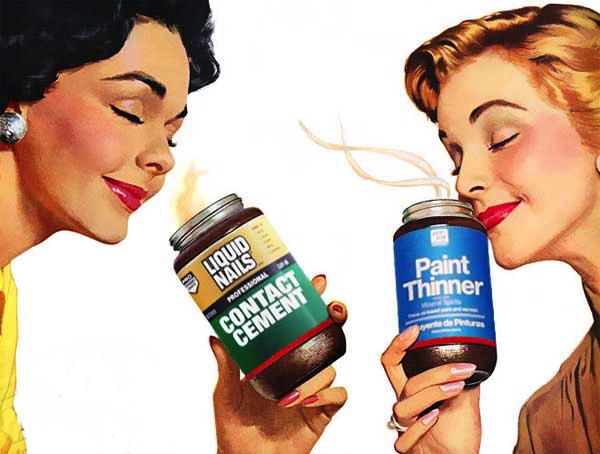
The ‘50s - Not So Happy Days
In the 1950's, the MKT continued to decline as a result of lost revenues that had come from hauling ammunition and oil for the Korean War. Another contributing factor to the decline was an eight year drought that began in 1950 and had an impact on the agricultural part of the MKT's business. With all the capitalization costs incurred by dieselization and track improvements, the Katy was again in the red.

The Groovy ‘60s
In the 1960's, the decline continued until the MKT discontinued passenger service, liquidated some bonds and secured some loans to rebuild. Scrap was cleaned up on the railroad, track rebuilt, new locomotives purchased and new freight cars leased and along with a reorganization the railroad was returned to profitability. At the close of the decade the MKT was a leaner, more efficient railroad.
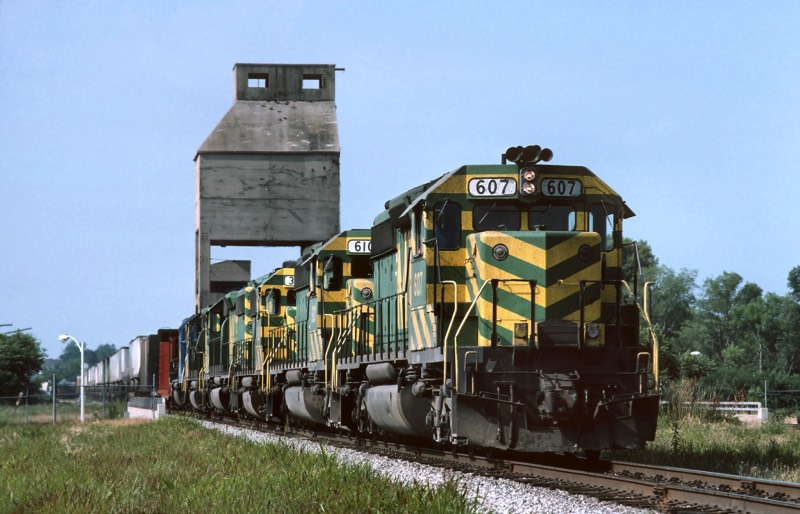
Prospering to a Sale
In the 1970's and 1980's, the MKT continued to prosper as unit trains of coal and grain, from connections with other railroads, increased. The Katy expanded when it acquired the Chicago, Rock Island and Pacific line from Abilene, Kansas to Dallas, Texas through it's subsidiary, the Oklahoma-Kansas-Texas (OKT) Railway. In 1985, the MKT opened itself for sale or merger and the Union Pacific Railroad made a bid. It wasn't until May 13, 1988, that the Interstate Commerce Commission approved the sale to the UP subsidiary Missouri Pacific. On August 12, 1988, the Missouri-Kansas-Texas Railroad was officially absorbed by the Union Pacific Railroad and thus another chapter in American railroading came to an end.
- Adapted from The Katy Flyer (Newsletter of the Katy Railroad Historical Society)
- Adapted from The Katy Flyer (Newsletter of the Katy Railroad Historical Society)
